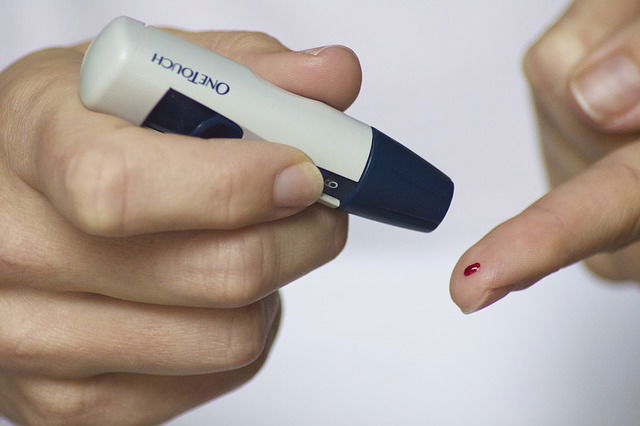
In a recent study, researchers find that clocking up 45 or more working hours in a week is linked to a higher risk of diabetes in women.
No such higher risk was found among women working 30 to 40 hours a week.
The researchers suggest that sticking to this total might help curb the risk of the disease.
Currently it is estimated that 439 million adults will be living with diabetes by 2030.
This is an increase of 50% on the figures for 2010. In 2015 alone, diabetes cost the global economy US $1.31 trillion.
Previous research has shown a link between long working hours and higher diabetes risk, but most of these studies have focused exclusively on men.
To provide a more comprehensive picture, the researchers tracked the health of 7065 Canadian workers between the ages of 35 and 74 over a period of 12 years (2003-2015).
The participants’ weekly working (paid and unpaid) hours were grouped into four time bands: 15-34 hours; 35-40 hours; 41-44 hours; and 45 or more hours.
During the monitoring period, one in 10 participants developed type 2 diabetes, with diagnoses more common among men, older age groups, and those who were obese.
The researchers found that the length of the working week wasn’t linked to a higher risk of the disease among men.
If anything, the incidence of diabetes tended to fall, the longer was a man’s working week.
But this wasn’t the case among women.
For women, in those who worked 45 or more hours a week, the risk was significantly higher (63%) than it was among those who worked between 35 and 40 hours.
And the effect was only slightly reduced when other factors, such as smoking, physical activity levels, alcohol consumption and BMI, were taken into account.
The team warns that T=this is an observational study, so no definitive causal effect can be established.
What’s more, working hours were measured at one time point only, and it wasn’t possible to deduce from the medical records which type of diabetes participants had, although type I diabetes accounts for only around one in 20 adult cases.
Currently there is no obvious explanation for the gender differences the researchers found.
But they suggest that women might work longer hours, when all the household chores and family responsibilities are taken into account.
And long working hours might prompt a chronic stress response in the body, so increasing the risk of hormonal abnormalities and insulin resistance, they suggest.
The study is published in the journal BMJ Diabetes Research & Care.
Copyright © 2018 Knowridge Science Report. All rights reserved.
Follow Knowridge Science Report on Facebook and Twitter.
News source: BMJ.
Figure legend: This Knowridge.com image is for illustrative purposes only.



